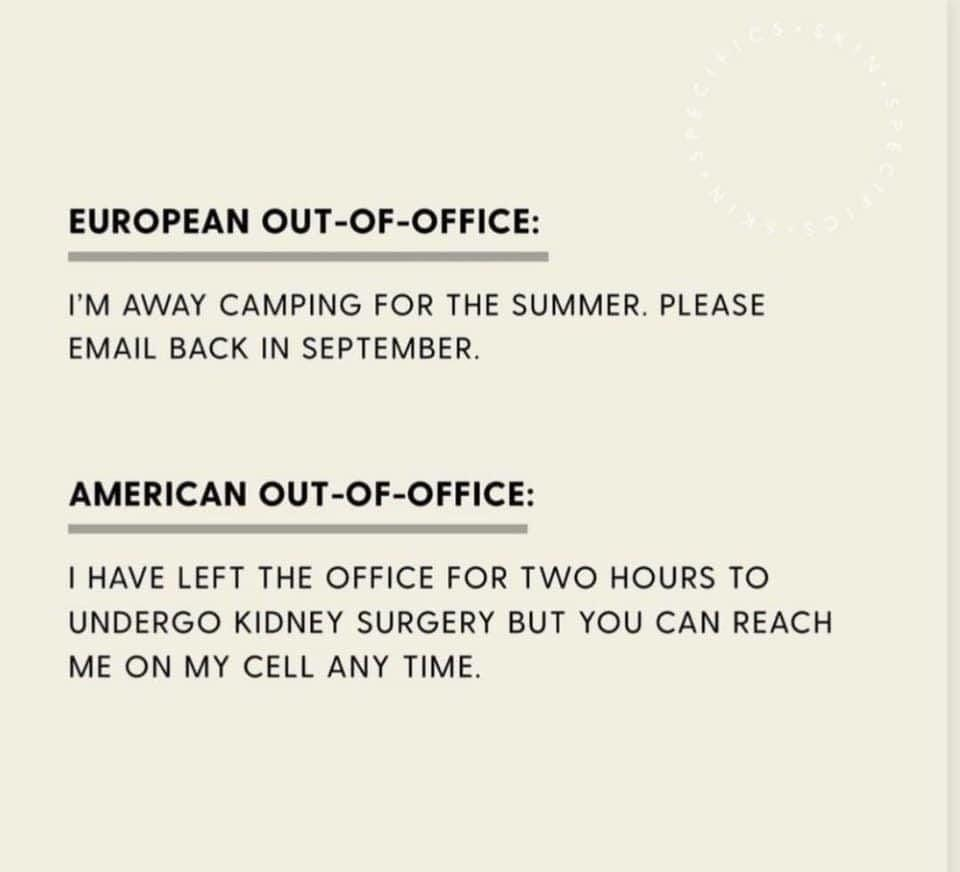I just got off a video call with a potential client. They were consulting with me about their back-to-the-office strategy and were having problems with their vacation policy. The organization was returning to the office after over a year of remote work, and during this time no one had taken vacation days.
I probed more deeply and found that management “said” they wanted their employees to take more vacation time and “turn off.” The client gave examples of a couple of employees traveling to the beach, working in the morning, taking time off in the afternoon, and then returning emails and writing reports late at night. I asked if the deadlines of the reports were imminent and the answer was a weak “yes.”
I was trying to understand how getting work done at unconventional times was a problem, so I asked if productivity was suffering.
No, was the response. They said that their workforce is incredibly devoted and effective, and that the organization has not suffered a loss in productivity. Sounds great, doesn’t it? Then the client told me that one of the benefits their employees are experiencing by working remotely is that they can take time off in the middle of the day for doctor’s appointments and to pick up kids from school and camps. The employees seem to like the flexibility that comes with working virtually.
This was only an hour-long call, but I was confused. It seemed okay to my client to take time off in the middle of the day to care for children or go to the doctor, but apparently taking time off to go to the beach was not? I asked, “Do you want employees to have a flexible schedule?”
I also asked if the leadership team appreciated the employees’ productivity, and that deadlines were met, or if they were willing to slow down progress in order to encourage employees to take vacation? I asked, yet the answer was unclear.
Like all other personnel policies, it’s impossible for your employees to figure out what the policy is if you have not figured it out as a leadership team.





0 Comments